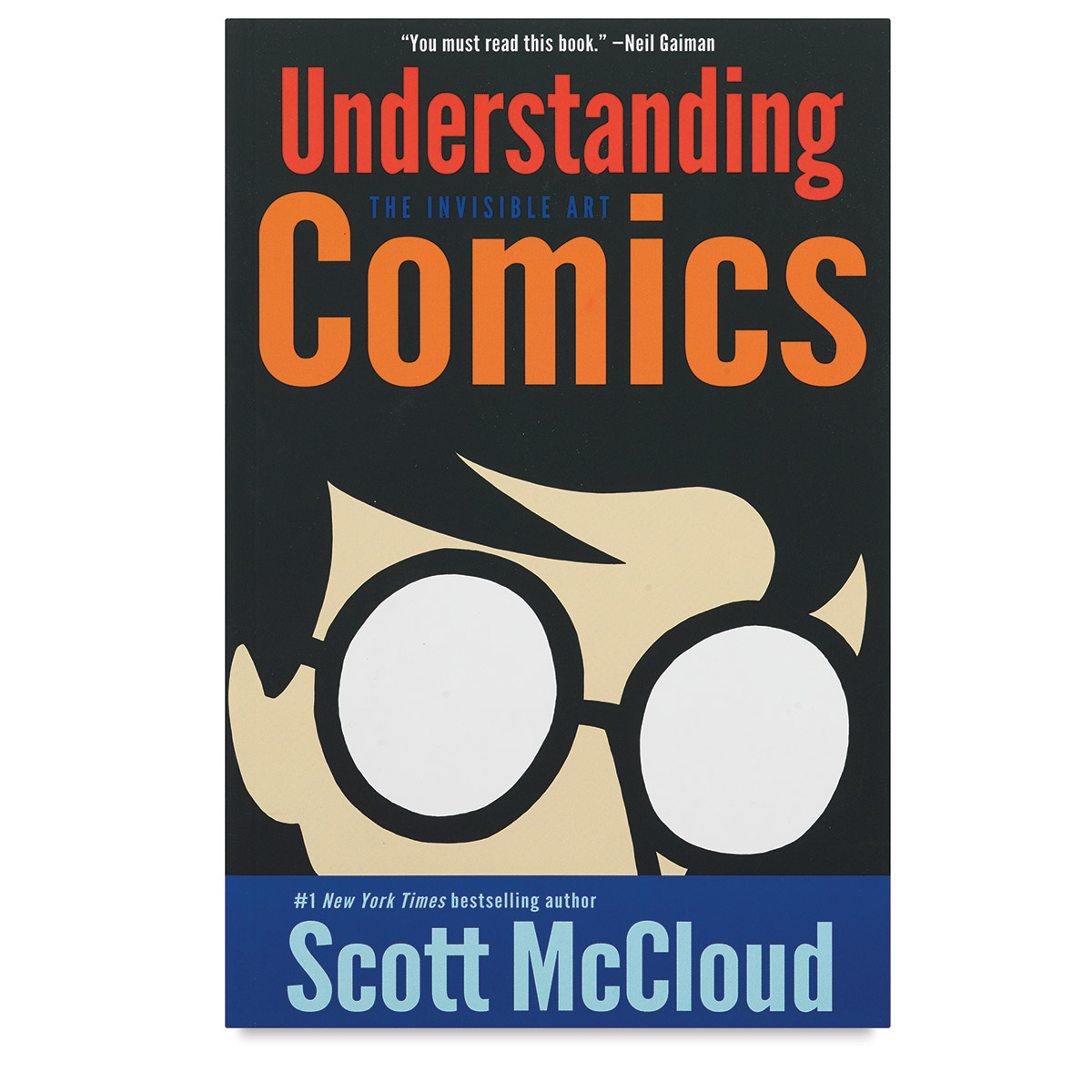


New York: Basic Books, 1980.Ĭha, Eun-Seok, Kevin H. New York: Basic Books, 1969.īowlby, John. “The Role and Measurement of Attachment in Consumer Behavior.” Journal of Consumer Psychology 1, no. “Manga Literacy: Popular Culture and the Reading Habits of Japanese College Students.” Journal of Adolescent & Adult Literacy 46, no. Tokyo: Meiji Tosho, 2004.Īllen, Kate, and John E. Kodomo No Manga Dokkairyoku Wo Dō Miru Ka 子どもの漫画読解力をどう見るか. Hillsdale, NJ: Lawrence Erlbaum, 1978.Īkashi, Youichi 明石 要一. Patterns of Attachment: A Psychological Study of the Strange Situation. “Secondary Attachments and Adolescent Self Concept.” Sex Roles 22, no. These findings contribute to the increasing literature and understanding on the role of media in individual’s wellbeing.Īdams-Price, Carolyn, and A. The results also revealed statistically significant differences in the strength of the attachment behaviors to manga between avid, moderate, and occasional readers among three behavioral markers (i.e., proximity maintenance, safe haven, and separation distress), confirming that avid manga readers maintain proximity with manga, find in manga a safe haven when feeling distressed, and experience separation distress at the real or perceived possibility of the manga not being available. Analyses revealed a four-component solution that mirrors attachment theory’s markers, supporting the premise that manga attachment mirrors interpersonal attachment. Participants (N = 279) answered a questionnaire identifying a set of 24 manga attachment markers. The study predicted that (a) attachment theory’s common behavioral markers (i.e., proximity maintenance, safe haven, secure base, and separation distress) map onto manga readership and that (b) avid readers display stronger attachment behaviors towards manga than moderate and occasional readers. Second, it compares manga attachment markers between avid, moderate, and occasional readers in order to find differences in the strength of the attachment. First, it seeks to conceptualize attachment to manga (Japanese comics) by extrapolating attachment theory’s behavioral markers to manga readership. Manga, comics, attachment, fan studies, Japanese popular culture, attachment theory Abstract


 0 kommentar(er)
0 kommentar(er)
